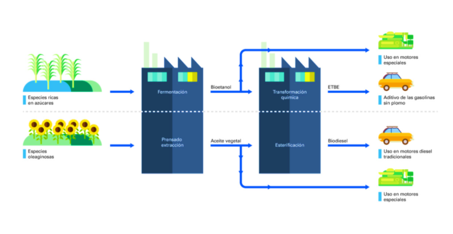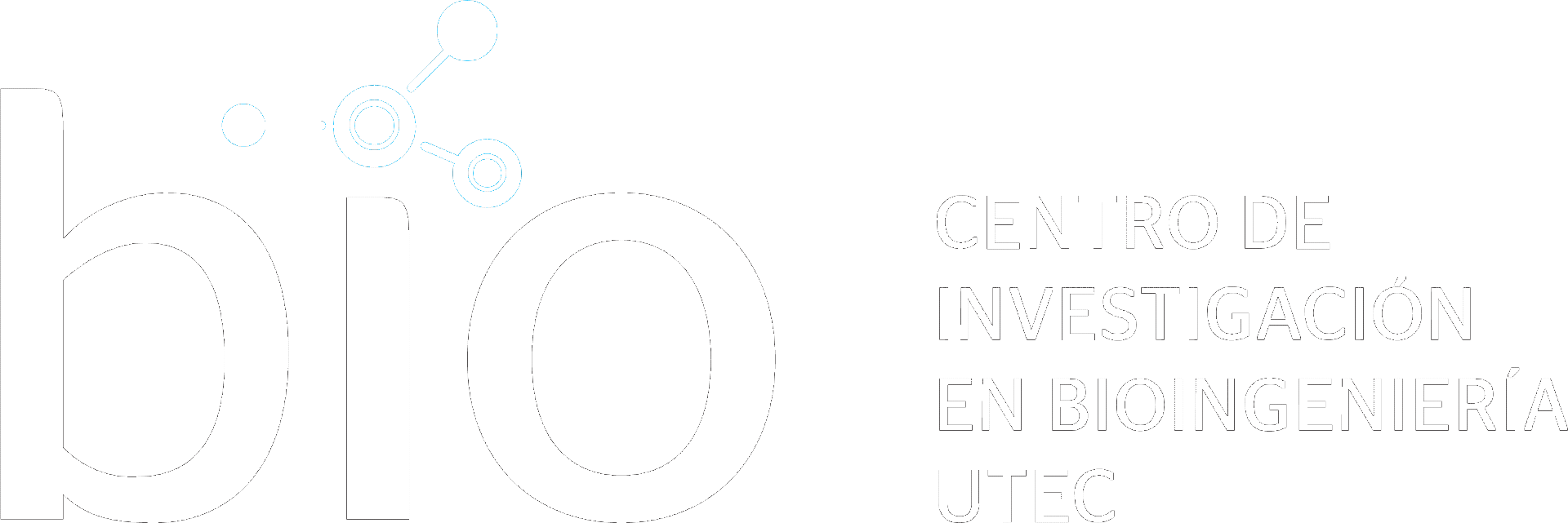
Sensors and BioMems Laboratory
Bioengineering and Chemical Enginering Department
A debate that has been intensifying in recent years through movies, advertising campaigns, newspaper articles, etc., has been the use of animals in scientific experiments, as they are exposed to pain, distress, and death for the advancement of research and development in various fields that involve the use of medical technology [1].
Regarding this matter, the World Medical Association (WMA) presented the Helsinki Declaration in 1964 titled “Ethical Principles for Medical Research Involving Human Subjects,” which serves as a guide to the medical community dedicated to the experimentation on both humans and animals [2]. In It, it is stated: “The welfare of animals used for research must be respected” [3]. However, organizations like “Doctors Against Animal Experimentation” argue that these practices are not only unethical but also highly ineffective in medical research [4].
Faced with these issues, a strategy of 3 Rs (reduction, refinement, and replacement) has been proposed, from which very interesting methods have been developed as alternatives to these practices. For example, computational models like computer-aided drug design (CADD) softwares can predict the binding site of a potential drug molecule to a biological receptor, which avoids testing of unwanted chemicals having no biological activity.

On the other hand, the production of medical training simulators has been crucial in addressing this issue in developing countries, where medical students were often required to practice incisions and dissections on live dogs, pigs, goats, or sheep. As an illustration of this, various systems like Simulab’s TraumaMan have shown that doctors who acquire surgical skills through their use become more competent because they can repeat procedures until they feel more confident [5].

Other ideas have been proposed as well, such as the use of microfluidic chips like the “VISION” project, which involves the combination of a microfluidic organ culture system (in vitro) and bioinformatics analysis (in silico) of the mechanisms of certain diseases. This was primarily developed for inhalation toxicology studies, which could reduce animal testing in regulatory research. In this way, the Fraunhofer Institute for Biomedical Engineering IBMT is committed to developing and optimizing in vitro systems like liver and lung models to determine the specific effects of pollutants or therapeutic agents after pulmonary absorption in the body [6].

In conclusion, although there are still many people who believe that the use of animals in research is necessary, it is crucial that technological advancements can replace these practices in a way that genuinely preserves the welfare of animals. Despite the existence of ethical guidelines formulated by international organizations, they do not always work effectively.
References:
[1] Doke, Sonali K. y Shashikant C. Dhawale. Alternatives to animal testing: A review. Saudi Pharmaceutical Journal [online]. 2015, 23(3), 223–229 [Consulted on October 12, 2023]. ISSN 1319-0164. Available on: doi:10.1016/j.jsps.2013.11.002
[2] World Medical Association (WMA). Declaración de Helsinki de la AMM – Principios éticos para las investigaciones médicas en seres humanos [online]. Helsinki, June 1964 [consulted on October 12, 2023]. Available on: https://www.wma.net/es/policies-post/declaracion-de-helsinki-de-la-amm-principios-eticos-para-las-investigaciones-medicas-en-seres-humanos/
[3] Archer, Stephen. Animals in Biomedical Research: what they have given us and what we owe them. Department of Medicine of Queens University [online]. June 29, 2015 [consulted on October 12, 2023]. Available on: https://deptmed.queensu.ca/dept-blog/animals-biomedical-research-what-they-have-given-us-and-what-we-owe-them
[4] Neumann, Gaby. Argumentos científicos contra la experimentación animal. Asociación Defensa Derechos Animal [online]. August 9, 2018 [consulted on October 12, 2023]. Available on: https://alternativaexperimentacionanimal.addaong.org/argumentos-cientificos-contra-la-experimentacion-animal/
[5] El Correo. Simuladores para acabar con la experimentación en animales. El Correo [en línea]. 21 de enero de 2014 [consulted on October 12, 2023]. Available on: https://www.elcorreo.com/innova/investigacion/20140116/peta-simuladores-201401161410-rc.html
[6] Kohl, Yvonne. VISION – A microfluidic chip system as an alternative to animal experiments [Press release]. Sulzbach, June 13, 2020 [consulted on October 12, 2023]. Available on: https://www.ibmt.fraunhofer.de/en/ibmt-press-releases/press-BMBF-Vision-2020-07-13.html
[7] Prajapat, Prakash, Shikha Agarwal y G. L. Talesara. Significance of computer aided drug design and 3D QSAR in modern drug discovery. iMedPub Journals. 2017, 1(1).
[8] Healthy Simulation. About Simulab – TraumaMan Surgical Simulators & More. HealthySimulation [online]. [consulted on October 12, 2023]. Available on: https://www.healthysimulation.com/simulab/




